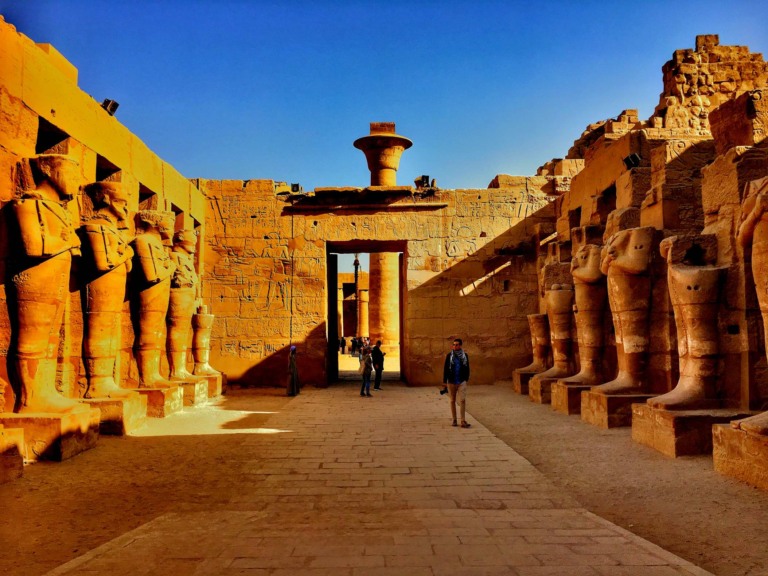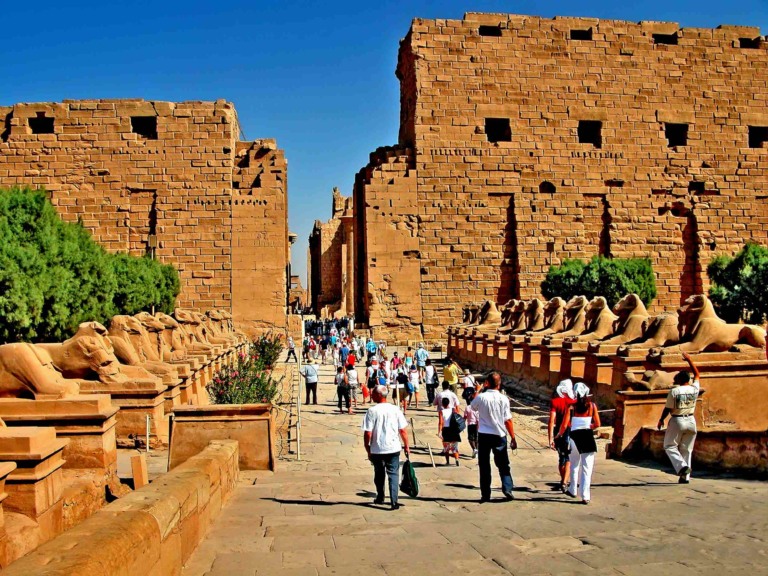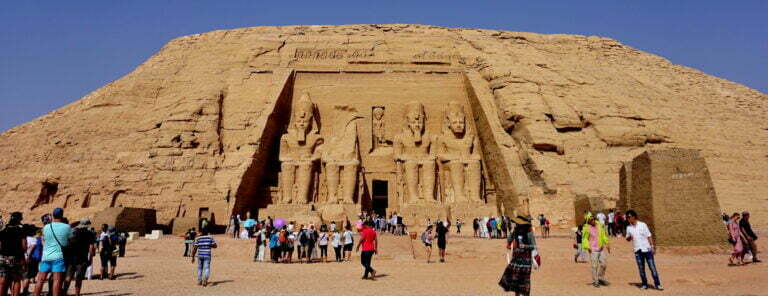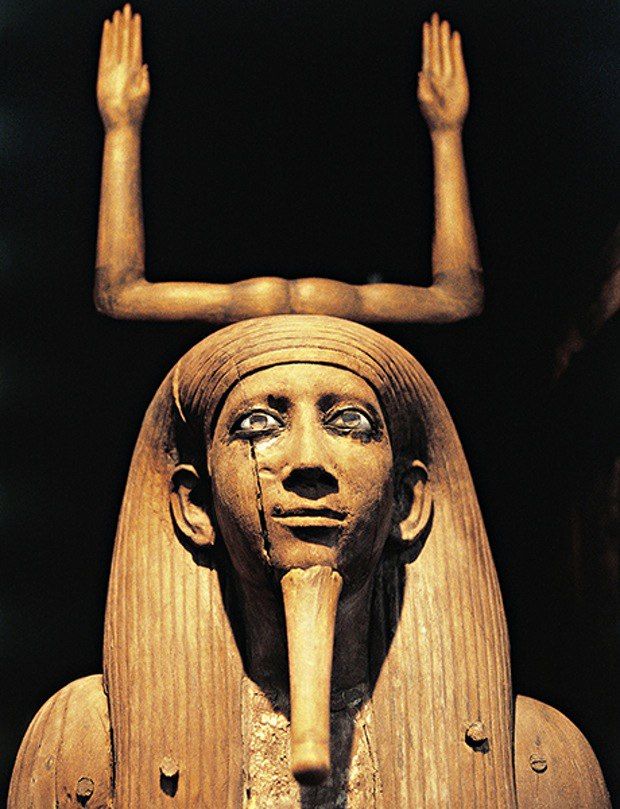Luxor Temple

Luxor Temple on the eastern bank of the Nile River, built around 1400 BCE by King Amenhotep III, was completed by Tutankhamen and Horemheb and expanded by Ramses II.
Egypt UNESCO World Heritage Sites, with articles about landmarks, wildlife, famous historical monuments, places of interest, and society.

Luxor Temple on the eastern bank of the Nile River, built around 1400 BCE by King Amenhotep III, was completed by Tutankhamen and Horemheb and expanded by Ramses II.

The Khonsu Temple, located in the southwest corner of the Karnak Temple complex in Luxor Governorate, Egypt, is a remarkable archaeological site dedicated to the deity Khonsu, the son of Amun and Mut. This temple stands in confrontation with Luxor Temple and is connected to it by a recently revealed avenue of sphinxes. The Khonsu Temple, constructed during the reign of Ramses III, approximately 1186–1155 BC, was primarily built to honor Khonsu, the moon god and a member of the Theban triad, which includes his parents, Amun and Mut. Ramses III undertook the construction of this temple by demolishing a previous structure that occupied the site, utilizing some of its stones in the new temple’s construction. Here's a detailed overview of the Khonsu Temple:

Karnak Temple was built between 2055 BC and 100 AD. Cult Egyptian temple honoring Amun, Mut, and Khonsu. The largest religious structure ever built.

Egypt is home to a plethora of UNESCO World Heritage Sites that bear immense historical significance. Among these, the Giza Pyramid Complex is a standout example. Housing the iconic Pyramids of Giza, including the Great Pyramid of Khufu, this site is a testament to ancient Egyptian architectural prowess and cultural achievements. The Sphinx, guarding the pyramids, adds to the enigma and grandeur of this complex. The historic city of Luxor, often referred to as the "world's greatest open-air museum". Abu Simbel, an archaeological site in Nubia, boasts two temples constructed by Ramses II. The temples were relocated in a massive UNESCO-led operation to save them from submersion following the construction of the Aswan High Dam. The ancient city of Thebes, with its temples and necropolises, is also recognized for its historical importance. Additionally, the Saint Catherine Area, home to Mount Sinai and Saint Catherine's Monastery highlighting Egypt's religious and natural heritage.

Interesting Facts about King Tuts Tomb in Valley of Kings, Egypt, which was a UNESCO World Heritage Site from 1979 and is part of Ancient Thebes with its Necropolis.

Ancient Thebes with its Necropolis, including Luxor, Valley of Kings, Valley of Queens, and Karnak, Egypt, were a UNESCO World Heritage Site from 1979 onwards.

The Egyptian pyramids were built with so much care and precision that even our best modern tools can’t make something like them. It is thought that the Great Pyramid has about 2.3 million stone blocks that, depending on their size, weigh between 2 and 30 pounds each. People say that the base stones weigh about 50 tons. The base of the pyramid is almost 55,000 square meters, and each of its sides is more than 20,000 square meters.

Egyptian Ka, Ba, and Akh represented different facets of the soul’s existence in the afterlife journey. The Ka needed sustenance to continue its existence in the tomb; the Ba was the aspect of the soul that could move freely and interact with the living; and the Akh was the ultimate goal of the soul’s transformation, leading to eternal life among the gods. Proper burial practices and funerary rituals were crucial to ensuring the well-being of these soul aspects and securing a favorable outcome in the afterlife for the deceased.